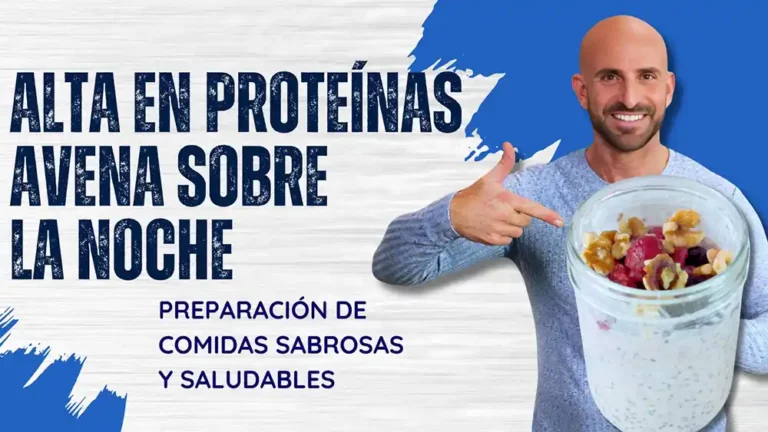As a registered dietitian, I always knew about almond nutrition. Almonds provide anti-inflammatory fats and are a great heart healthy nut. But most people don’t know where they come from. Recently, I was invited by the Almond Board of California to tour some of the orchards and have a first-hand look at the life cycle of this delicious nut.
Most almonds consumed in the United States are grown in the Central Valley in California. This area has a Mediterranean-like climate, which is ideal for almond growing. The area also has diverse soil types with water availability. Growers here practice irrigation techniques that help conserve water. For example, growers practice demand irrigation instead of fixed schedules and using sprinkler or drip irrigation.
The almond trees begins to bloom around mid-February through mid-March. A fun fact that I was delighted to discover is that almonds require cross pollination between varieties, so growers bring in honey bees to help with the process, and thus begins the nut development.
Around the beginning of July, the hot, dry summer temperatures cause almond hulls to split open allowing the now exposed shell and kernel to dry. Once the hull turns a straw yellow color, the harvest season is ready to begin. During the harvest, growers use specialized equipment and tractors to make it as efficient as possible. First, they use a specialized tractor to shake the tree and bring all the almonds to the ground. Later, they use a sweeping machine to line up all the almonds into single lines. Lastly, they use a pickup tractor to collect all the fallen nuts. The nuts are then taken to a plant where the kernel is removed. Since the almond crop is a zero waste product, the hulls are used for cattle feed and shells are used for livestock bedding.
Afterwards, the kernels pass a series of screens and hand sorted prior to packing. Almonds that are not fit for the market are then used to make products such as almond milk, almond butter, almond oil, and much more. Eventually, the selected almonds make it to markets and other stores, available for purchase and for you to take home.
Disclaimer: This was a sponsored trip to the almond orchards of California





